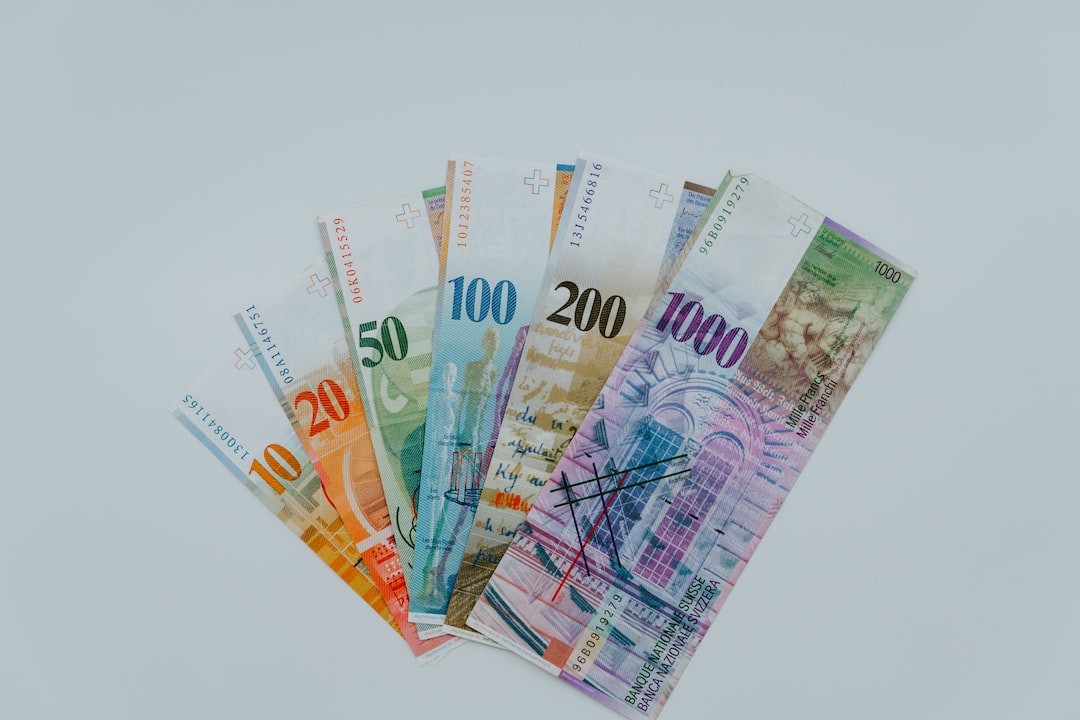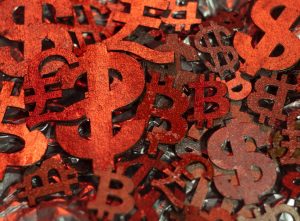Forex, or foreign exchange, trading has gained immense popularity in recent years. The forex market is the largest financial market in the world, with an average daily turnover of more than $5 trillion. One of the key features of forex trading is leverage, which allows traders to control larger positions in the market with a relatively small amount of capital. In this article, we will explore why there are leverages in forex and how they work.
What is leverage in forex trading?
Leverage is a tool that allows traders to increase the size of their trading positions without having to put up the full amount of capital required. In forex trading, leverage is expressed as a ratio, such as 50:1, 100:1, or even 500:1. This means that for every dollar of capital that a trader has, they can control 50, 100, or 500 dollars of currency in the market, respectively.
For example, if a trader has a trading account with a balance of $1,000 and uses 100:1 leverage, they can control a position size of $100,000 in the forex market. If the currency pair they are trading moves 1%, they would make a profit or loss of $1,000, which is ten times the amount of their initial capital.
Why are there leverages in forex?
There are several reasons why leverages are used in forex trading. Firstly, the forex market is highly liquid, which means that there are many buyers and sellers trading currencies at any given time. This liquidity allows traders to enter and exit positions quickly, minimizing their risk exposure. However, to take advantage of small price movements in the market, traders need to control larger positions than their initial capital allows. This is where leverage comes in.
Secondly, forex trading is a highly competitive market, with many traders competing for the same opportunities. Leveraging allows traders to increase their potential profits and gain a competitive advantage over other traders.
Thirdly, leverages are used to attract traders with smaller capital to the market. Without leverage, it would be difficult for traders with limited capital to participate in the forex market. Leverage allows them to control larger positions and potentially make larger profits, even with a small amount of capital.
How does leverage work in forex trading?
Leverage works by using borrowed funds to increase the size of a trader’s position. In forex trading, leverage is provided by brokers, who lend traders the necessary funds to control larger positions. The amount of leverage provided by brokers varies, but it is typically between 50:1 and 500:1.
However, leverage also amplifies the risk of trading. When traders use leverage, they are essentially borrowing money from their broker to trade larger positions. If the trade goes against them, the losses will be magnified, and they may end up owing their broker more money than they originally invested.
To mitigate the risk of using leverage, traders must have a solid understanding of risk management and use appropriate position sizing. Traders must also use stop-loss orders to limit their losses in case the trade goes against them.
Conclusion
In conclusion, leverages are a key feature of forex trading, allowing traders to control larger positions with a relatively small amount of capital. Leveraging is used to take advantage of small price movements in the highly liquid forex market, gain a competitive advantage, and attract traders with smaller capital. However, leveraging also amplifies the risk of trading, and traders must use appropriate risk management and position sizing to ensure they do not end up owing their brokers more money than they originally invested.





